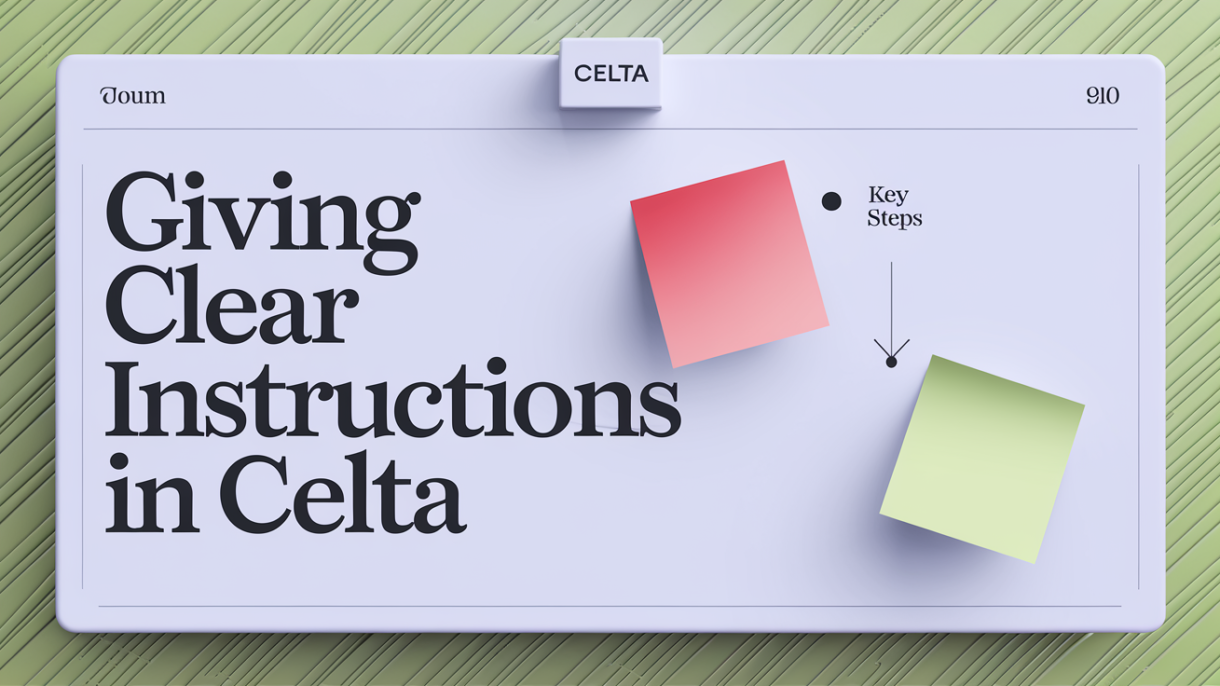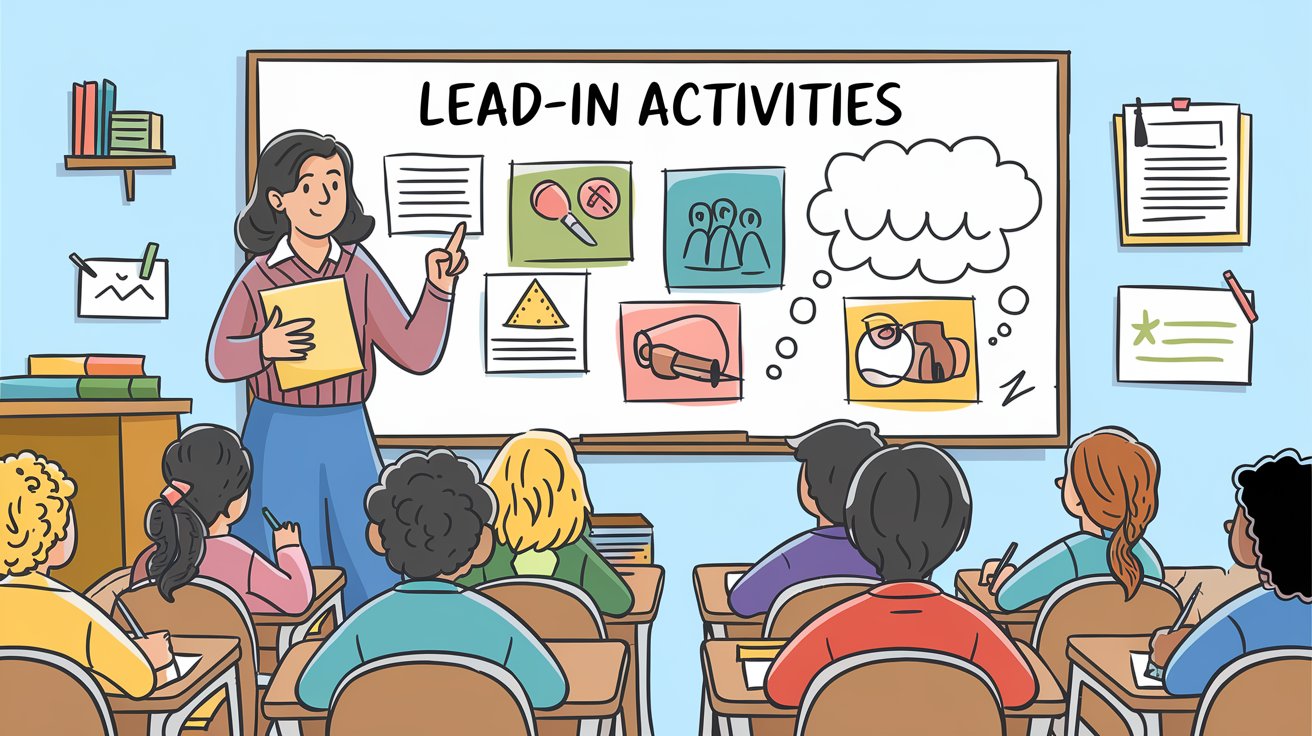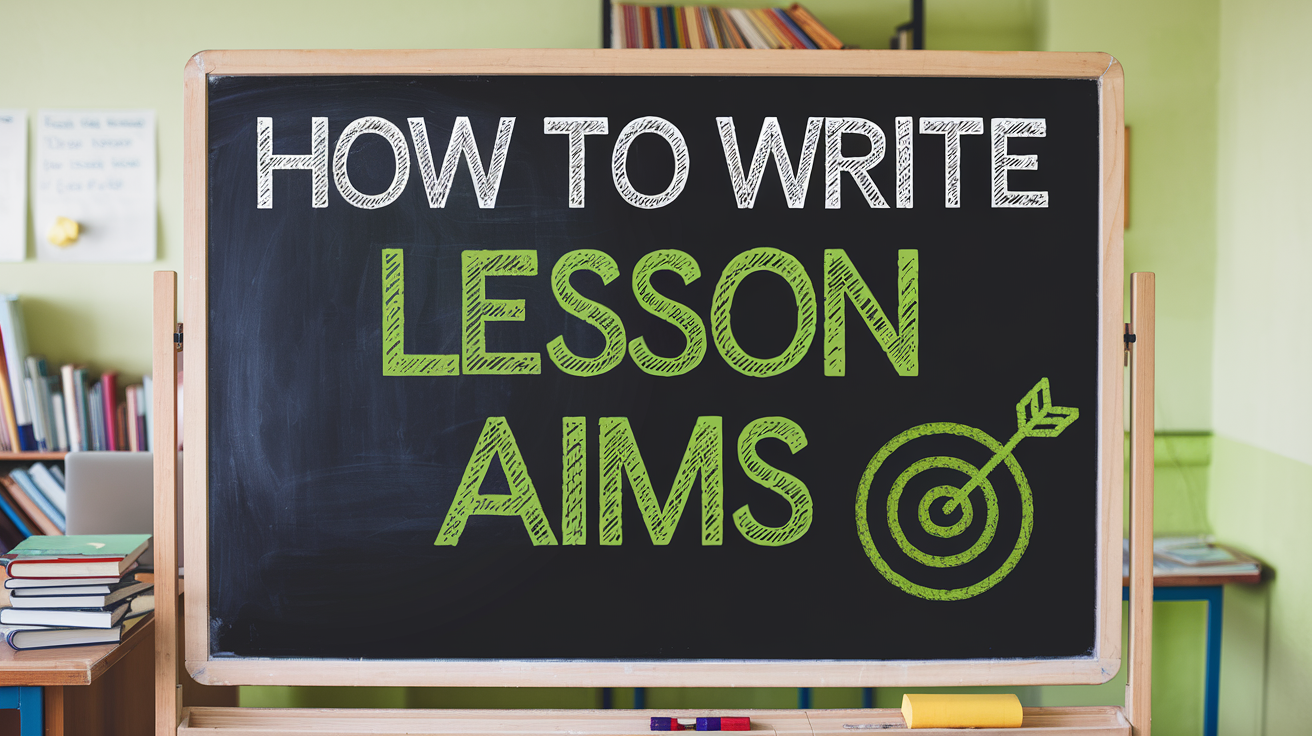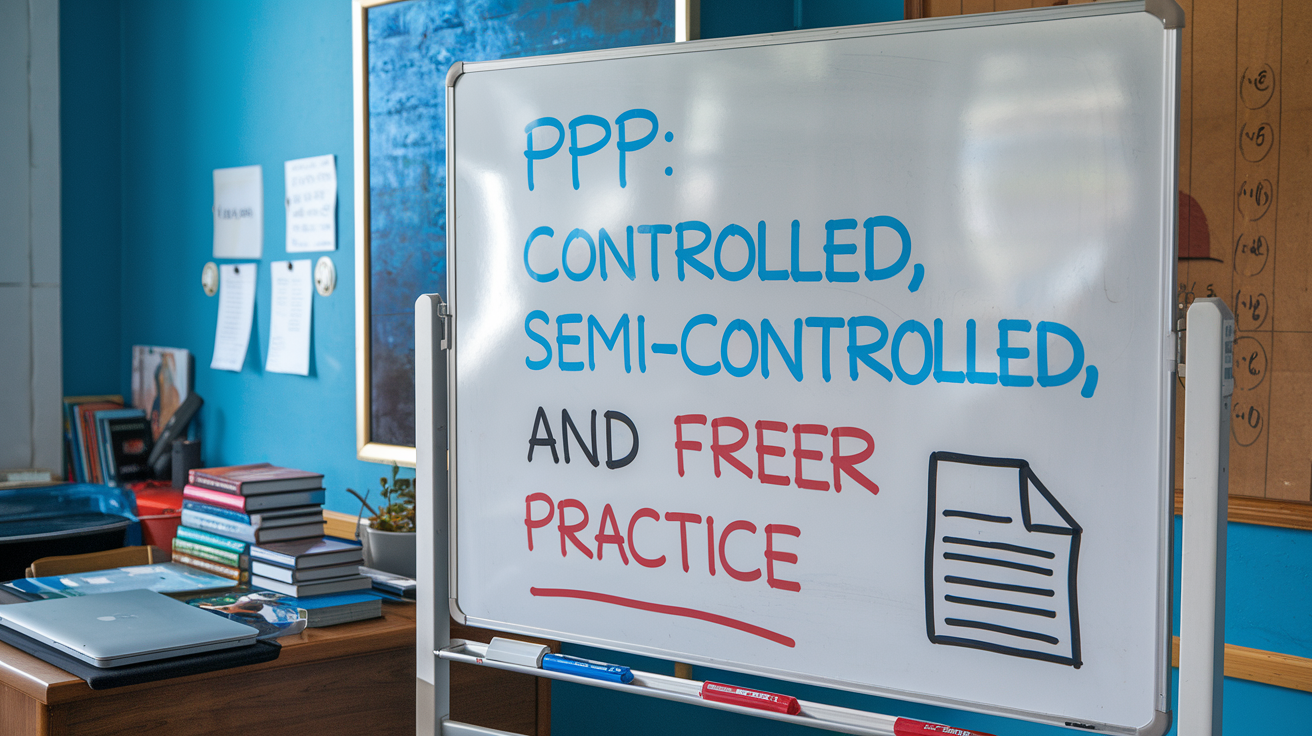
Table of Contents
Introduction
One of the key skills that CELTA trainees need to develop is the ability to give clear and concise instructions. Clear instructions are essential for maintaining the flow of a lesson and ensuring that students understand what they are expected to do. Without clear directions, learners can become confused, leading to wasted time, disengagement, and off-task behavior. For CELTA trainees, especially those new to teaching, mastering this skill can significantly improve the effectiveness of their lessons.
In my experience as a CELTA mentor, I’ve noticed that many trainees struggle with instructions in their early lessons. It’s common for nerves or a desire to cover all the bases to lead to over-complicated or unclear instructions. That’s why I always emphasize the importance of planning instructions carefully and delivering them in a way that matches the learners’ level.
Clear instructions are essential for maintaining the flow of a lesson and ensuring that students understand what they are expected to do.
Why Clear Instructions Matter
Clear instructions are fundamental to a successful lesson. When learners understand exactly what they need to do, they are more focused, and the classroom runs more smoothly. This is particularly true in language learning contexts, where students may not fully grasp complex directions if the language used is above their level.
For CELTA trainees, providing clear instructions not only ensures smoother lessons but also reduces teacher talk time (TTT). When students are unsure about what to do, they often seek constant clarification from the teacher, which can detract from valuable student talk time. I often remind my trainees that giving clear instructions helps learners work more independently, fostering an environment where students can engage more actively with the material.
Steps to Give Clear Instructions
1. Plan Instructions Before the Lesson: A common challenge for new teachers is improvising instructions on the spot. To avoid this, I always advise my trainees to plan their instructions as carefully as they plan the rest of their lesson. Writing down exactly what they will say not only helps ensure clarity but also prevents rambling or unnecessary complexity. Simple, pre-planned instructions are far more effective than impromptu explanations that might confuse students.
2. Break Instructions Down: In general, instructions should be delivered in small, manageable chunks. This prevents students from feeling overwhelmed and allows them to focus on one step at a time. For instance, if trainees are setting up a pair activity, they might start with, “Work with your partner,” and follow up with, “Discuss the answers to questions 1 and 2.” Breaking things down into clear steps makes it easier for learners to follow and reduces the chances of confusion.
3. Use Simple, Graded Language: It’s crucial to grade language appropriately for the students’ level. Complex vocabulary or overly long sentences can lead to misunderstandings, especially with lower-level learners. I often encourage my trainees to simplify their instructions and avoid unnecessary jargon. Using concise, direct language helps learners focus on the task itself rather than getting caught up in decoding the instructions.
4. Demonstrate the Task: One of the most effective ways to ensure students understand what they need to do is to show them. I always encourage my trainees to incorporate demonstrations into their instruction-giving process. This could involve the teacher modeling the activity or asking a confident student to demonstrate it for the class.
For instance, if you’re setting up a role-play activity, you might act out a short example with a student volunteer. This visual representation can be particularly helpful for kinesthetic learners and those who might struggle with purely verbal instructions. Remember, a quick demonstration can often save time in the long run by preventing misunderstandings and the need for repeated explanations.
5. Use Visual Aids: Visual supports can significantly reinforce verbal instructions and cater to different learning styles. I often advise my trainees to incorporate visual aids such as written instructions on the board, simple diagrams, or even pictures when appropriate. For example, when explaining a group discussion task, you might write the key steps on the board or display them on a slide. This gives students a visual reference point they can refer back to during the activity. For lower-level classes, simple stick figure drawings or symbols can help illustrate concepts without relying solely on language.
6. Provide Written Instructions: For more complex tasks or with higher-level students, providing written instructions alongside verbal ones can be extremely effective. This strategy gives students a reference point they can return to if they forget any details, and it supports different learning preferences. I often suggest to my trainees that they prepare handouts with clear, step-by-step instructions for involved activities. Alternatively, they can project instructions on a screen or write them on the board. This approach is particularly useful for project work, extended reading or writing tasks, or any activity where students will be working independently for a longer period.
Written instructions also serve as a valuable scaffold for language learners. They provide exposure to instructional language in written form, which can help students internalize these structures for future use.Implementing these strategies alongside clear verbal instructions can significantly enhance students’ understanding and task performance. As with all aspects of teaching, I remind my trainees that the key is to practice these techniques consistently and reflect on their effectiveness in different classroom situations.

The Role of Instruction Checking Questions (ICQs)
One technique that I consistently recommend to trainees is using Instruction Checking Questions (ICQs). These are simple questions designed to confirm that students have understood the instructions before they start the activity. For example, after explaining a group discussion task, a trainee might ask, “Are you working alone or with a partner?” or “How many questions do you need to answer?”
ICQs serve a dual purpose: they help clarify instructions, and they give the teacher a chance to ensure that students are ready to proceed. However, it’s important not to overuse them. I always remind trainees to focus on just one or two key ICQs that address the main points, keeping the process brief and to the point.
Examples of Clear vs. Unclear Instructions
Many trainees struggle with delivering instructions in their early lessons. Here’s an example of what I typically see:
Unclear Instructions:
“Okay, so what I want you to do now is to take a look at the passage in front of you, and, you know, just kind of read through it. After that, talk to your partner and maybe discuss what you think about it, then we’ll see where to go from there.” This type of instruction often leaves students unsure of what to do, how long they have to complete the task, and what the focus should be.
Clear Instructions:
“Read the text on page 12. You have 5 minutes. After reading, discuss the main idea with your partner.” Clear, concise, and specific instructions like these make it easier for students to stay on task. In my feedback sessions, I always encourage trainees to be as precise as possible, which leads to a more focused classroom environment.
Challenges CELTA Trainees Face
It’s common for CELTA trainees to face challenges when givingclear instructions. Nervousness can lead to rushed explanations while trying to manage multiple aspects of the lesson can cause them to forget key details. I often see trainees struggling to balance providing enough information with avoiding over-complication. This is why I always advise them to practice their instructions before the lesson and reflect on how they could improve afterward. Another challenge I frequently address is the issue of over-explaining. While detailed instructions are important, too much detail can overwhelm students. I encourage trainees to be concise and to trust that their students will ask questions if they need further clarification.
The Impact of Clear Instructions on Learners
Clear instructions empower learners to approach tasks with confidence. They reduce uncertainty and hesitation, making the classroom a more dynamic and productive environment. When instructions are unclear, students often become frustrated, which can negatively impact their engagement and the overall flow of the lesson. In contrast, clear and concise instructions help students focus on the content rather than on figuring out what they are supposed to do. For trainees, mastering this skill not only improves their lessons but also builds their confidence as teachers. The more they focus on refining their instruction-giving, the more smoothly their lessons will run, and their students will benefit from the clarity and structure provided.
Giving clear instructions is a fundamental skill that every CELTA trainee needs to master. Whether it’s through planning instructions in advance, using ICQs, or grading their language appropriately, trainees who focus on delivering clear, concise directions will see immediate improvements in their lessons. As I always tell my trainees, practice is key. By continuously reflecting on their instruction-giving and making adjustments, they will become more effective teachers, and their students will thrive as a result.
Want to learn more about giving instructions and classroom management? Check out my “CELTA Prep” course. This online course, created by experienced CELTA trainer Ahmad Zaytoun, offers practical strategies to help you prepare for CELTA. The course is useful whether you’re a CELTA trainee or an experienced teacher who wants to revise.









0 Comments